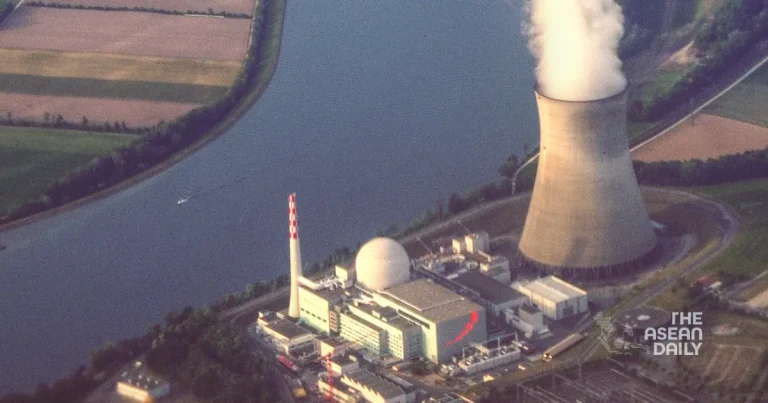13-8-2024 (JAKARTA) Southeast Asian nations are increasingly looking towards nuclear energy as a potential solution to meet their climate commitments and bolster energy security. However, significant hurdles remain, particularly concerning safety and funding, as revealed during a recent regional forum.
Beni Suryadi, deputy executive director of the ASEAN Center for Energy, emphasised the growing energy needs of the region and the critical importance of finding sustainable solutions. Speaking at a forum organised by the centre in Jakarta, Suryadi stated, “Nuclear energy, with its potential to provide consistent and low-carbon power, is a topic that we can’t afford to overlook.”
The forum coincided with the launch of the ASEAN Energy Booklet Volume 2: Nuclear Energy Development in ASEAN, which provides a comprehensive overview of regional nuclear energy development, its role in ASEAN’s energy transition, and advancements in nuclear technologies.
Marcel Nicky Arianto, an associate research analyst at the ASEAN Center for Energy, highlighted the limitations of renewable energy sources such as solar and wind due to their intermittency. He posited that nuclear energy could not only reduce carbon emissions but also serve as a stable and flexible power source.
Current energy statistics for the ASEAN region paint a stark picture, with over 66 per cent of power generation in 2022 coming from coal and gas, while renewables accounted for only about 33 per cent. This underscores the urgent need for cleaner, more sustainable energy sources to meet climate goals.
Arianto outlined the critical steps required for deploying nuclear power in the region. These include fostering strong political will among governments to embrace nuclear energy, creating robust policies and legislation for nuclear development, and constructing the necessary infrastructure for nuclear power plants.
Several ASEAN countries have already made significant strides in their nuclear energy plans. Indonesia, for instance, has established regulatory and research agencies and aims to develop its first nuclear reactor by 2035. Vietnam is conducting research with plans for a small-scale reactor after 2030, while Thailand is considering building a nuclear power plant by 2036.
However, the path to nuclear energy adoption in Southeast Asia is fraught with challenges. The region’s geographic location, with some countries situated in the Pacific Ring of Fire, raises concerns about seismic risks. Additionally, the management of nuclear waste remains a contentious issue. Historical nuclear accidents, such as those in Fukushima and Chornobyl, continue to cast a long shadow over nuclear energy policies in the region.
Brianna Lazerwitz, an energy economist at the International Atomic Energy Agency, pointed out the unique financial considerations associated with nuclear projects. While sharing similarities with other large-scale, capital-intensive infrastructure projects, nuclear initiatives present distinct risks for investors that must be carefully evaluated.




